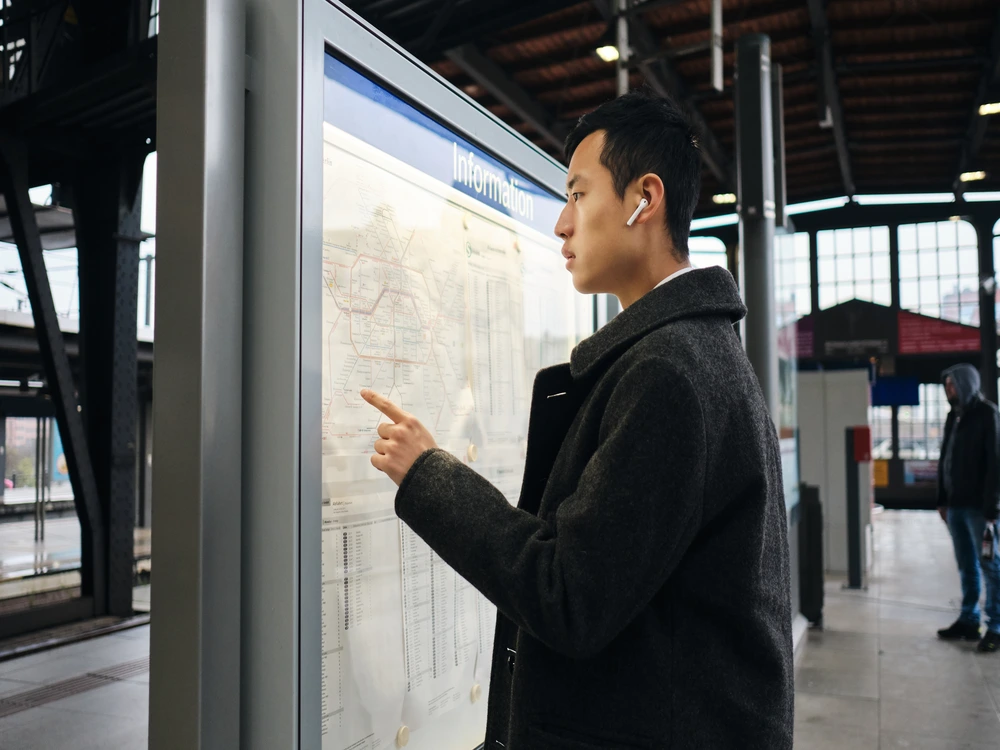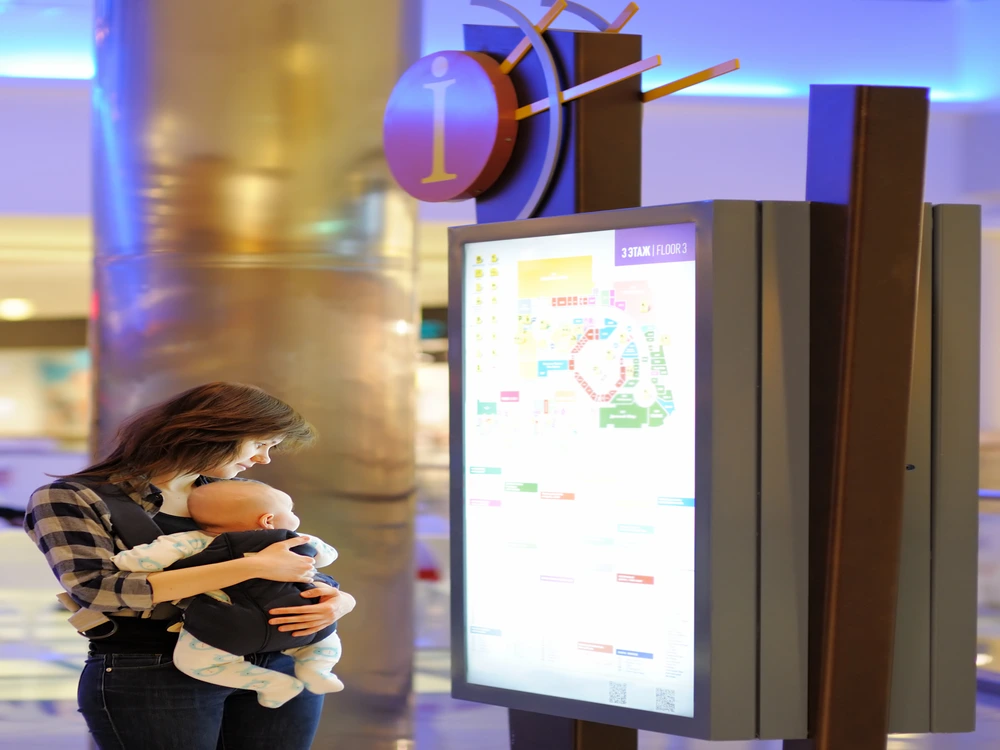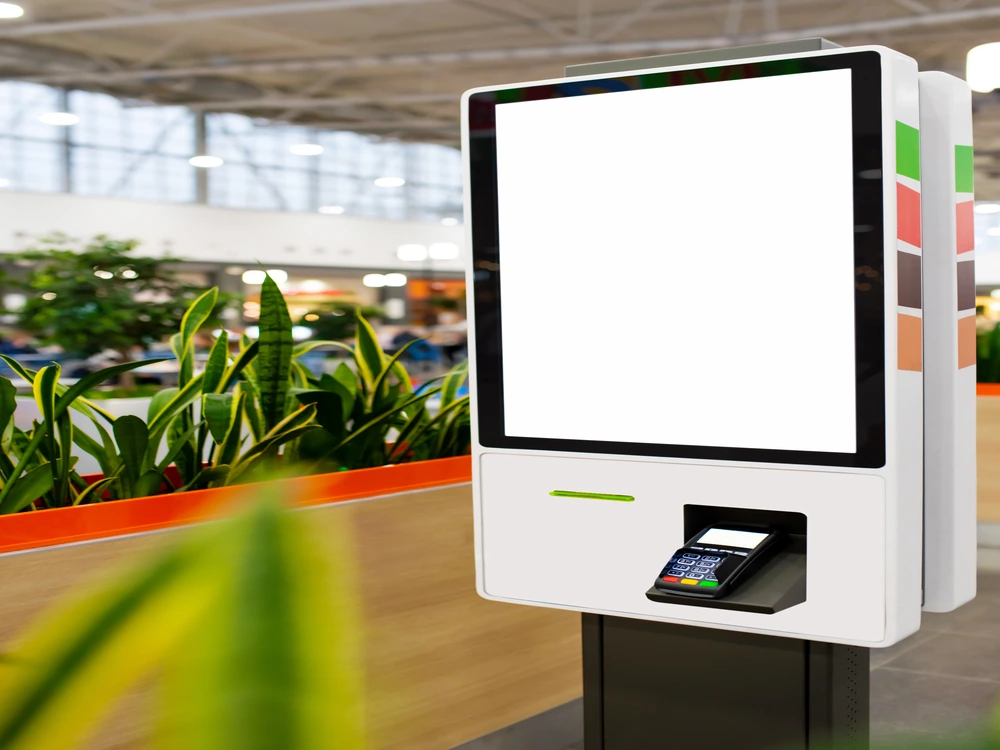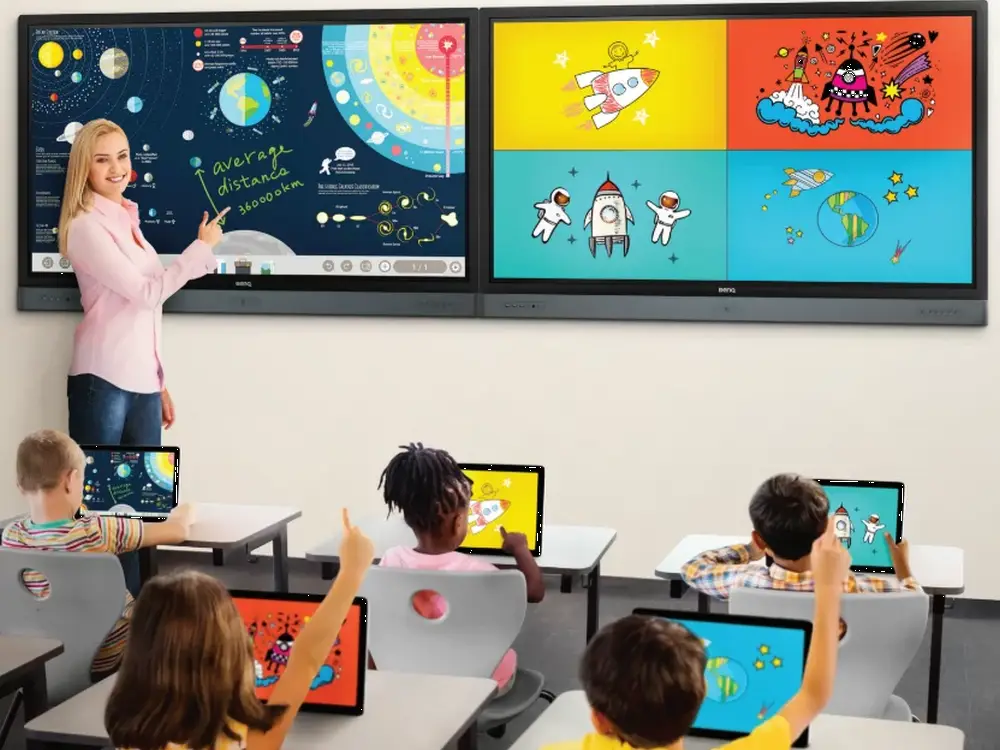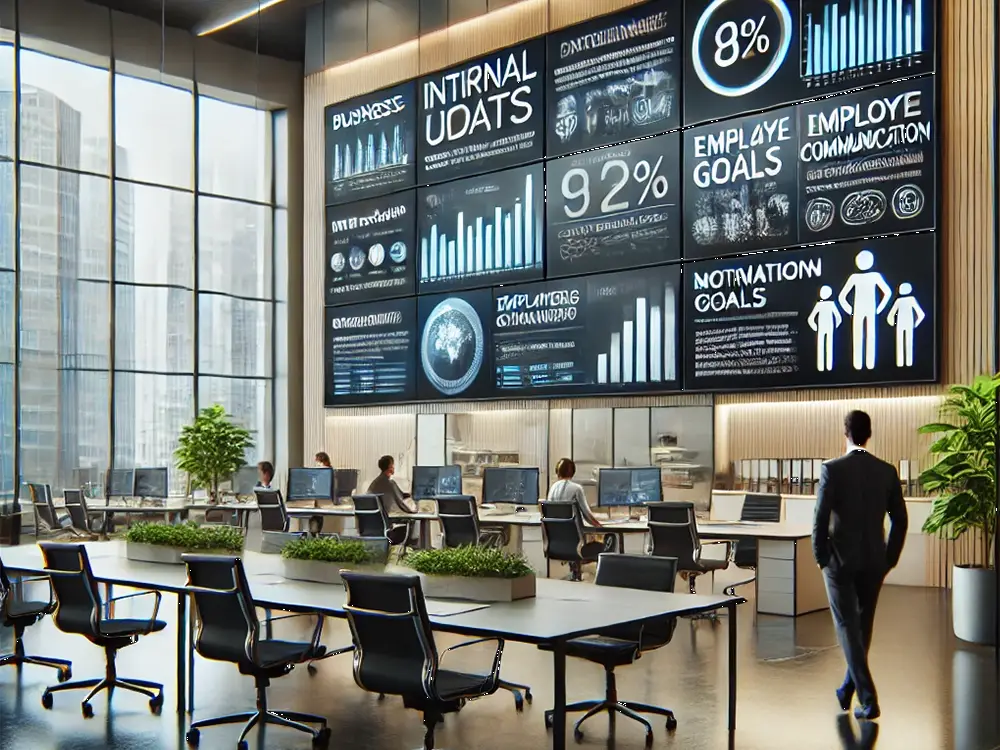Digital Signage + Smartboard: The Perfect Smartboard For Business Communication
In today’s fast-paced digital landscape, the way we communicate visually is evolving rapidly. From shopping malls and airports to classrooms and corporate offices, digital signage has emerged as a powerful tool to broadcast information, capture attention, and influence decisions. But when combined with a smartboard, digital signage becomes more than just a display — it becomes an interactive experience.
So, how do these technologies complement each other, and how can businesses or institutions benefit from integrating both?
What is Digital Signage?
Digital signage refers to the use of digital screens to display content such as videos, advertisements, announcements, menus, and live data. These displays can be static or dynamic and are often controlled remotely through centralized content management systems (CMS). Unlike traditional posters or printed signs, digital signage allows real-time updates, scheduling, and targeted messaging.
What Makes Smartboards Different?
A smartboard is an interactive display that functions like a large touchscreen monitor. It allows users to write, draw, annotate, swipe, and manipulate content with their fingers or styluses. Smartboards are commonly used in classrooms, meeting rooms, command centers, and training facilities — wherever collaboration and engagement are needed.
How They Work Together
While digital signage is often used for broadcasting, smartboards focus on interaction. But in many modern applications, these two technologies overlap.
For example:
-
In retail stores, a smartboard can serve as a product showcase (digital signage) while enabling customers to explore product information, sizes, or demos interactively.
-
In education, smartboards enhance teaching with visual aids while doubling as digital signage when not in use, displaying school announcements or safety information.
-
In corporate lobbies, digital signage greets guests, while the smartboard in the boardroom powers collaborative presentations and strategy discussions.
Key Benefits of Using Digital Signage with Smartboards
1. Real-Time Content Updates
Thanks to centralized CMS platforms, digital signage content can be updated instantly — perfect for sharing urgent news, promotions, or reminders. When paired with a smartboard, teams can also collaborate on content updates directly from the display.
2. Greater Engagement
Smartboards invite user interaction. This is powerful in settings such as museums, exhibitions, or retail where visitors can engage with content, explore deeper layers of information, or provide feedback on the spot.
3. Multi-Purpose Display Investment
Instead of investing separately in a passive digital signage screen and an interactive smartboard, organizations can choose hybrid solutions that function as both — reducing cost and saving space.
4. Enhanced Learning and Communication
Smartboards used in schools or training centers allow for interactive lessons. When idle, the display automatically reverts to digital signage mode, displaying school news, motivational quotes, or event reminders.
5. Smart Scheduling & Automation
Modern smartboards with digital signage features support auto-scheduling. This means:
-
During the day: It serves as a classroom or meeting display.
-
After hours: It switches to signage mode to display announcements, branding, or safety tips.
Industry Use Cases
-
Retail: Product demos, in-store promotions, digital catalog browsing.
-
Education: Interactive lessons, digital notices during breaks.
-
Hospitality: Hotel check-ins, wayfinding, or self-service kiosks.
-
Healthcare: Patient queue systems, health education displays.
-
Corporate: Digital dashboards in workspaces, training, and boardrooms.
Arvia Smartboard with Digital Signage Support
Solutions like Arvia Smartboard offer built-in support for digital signage software, allowing users to switch between interactive and signage modes seamlessly. Whether used in schools, businesses, or public spaces, Arvia smartboards combine versatility, high-resolution display, and intelligent touch features — making them ideal for dynamic environments.
They come with:
-
Built-in content management systems (EZ Poster)
-
Android and Windows dual OS
-
Multi-user annotation
-
Cloud-based content syncing
-
Timer-based auto-switch to signage mode
Conclusion
In the digital era, static communication tools no longer cut it. By combining the dynamic broadcasting power of digital signage with the engaging capabilities of a smartboard, organizations can deliver smarter messages, boost interactivity, and stay ahead in a visual-first world.
If your space needs both communication and collaboration — this hybrid solution might just be your best investment yet.
